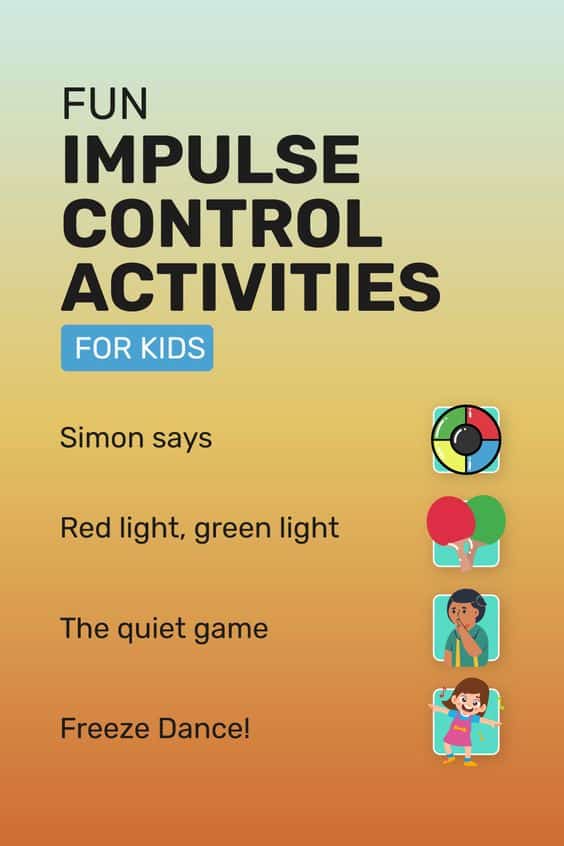Conners’ Continuous Performance Test (CPT) is administered on a computer and measures attention and impulse control. Here’s how it works and some examples of its application:
- CPT presents a series of stimuli on a computer screen, such as letters or shapes.
- The individual taking the test must respond to specific target stimuli (e.g., pressing a button when they see the letter “A”) while ignoring non-target stimuli.
- The test measures sustained attention by analyzing the individual’s accuracy and response time.
- It assesses impulse control by measuring the individual’s ability to inhibit responses to non-target stimuli.
- Examples of CPT in action include evaluating a child’s attention difficulties in school or assessing attention deficits associated with certain neurodevelopmental disorders like ADHD.
- CPT results can help clinicians identify attentional challenges and tailor interventions or accommodations accordingly.
In a nutshell, Conners’ Continuous Performance Test helps professionals better understand attention and impulse control abilities.
Conners’ Continuous Performance Test (CPT) is administered on a computer and measures attention and impulse control. Here’s how it works and some examples of its application:
- CPT presents a series of stimuli on a computer screen, such as letters or shapes.
- The individual taking the test must respond to specific target stimuli (e.g., pressing a button when they see the letter “A”) while ignoring non-target stimuli.
- The test measures sustained attention by analyzing the individual’s accuracy and response time.
- It assesses impulse control by measuring the individual’s ability to inhibit responses to non-target stimuli.
- Examples of CPT in action include evaluating a child’s attention difficulties in school or assessing attention deficits associated with certain neurodevelopmental disorders like ADHD.
- CPT results can help clinicians identify attentional challenges and tailor interventions or accommodations accordingly.
In a nutshell, Conners’ Continuous Performance Test helps professionals better understand attention and impulse control abilities. Goally, a tablet designed to support children in building life and language skills through engaging apps, can be a useful tool working in conjunction with Conners’ Continuous Performance Test. With its range of apps for visual schedules, executive functioning skills, emotional regulation, and social skills training, Goally offers a holistic approach to support children in areas that may be assessed during the CPT, such as attention, impulse control, and sustained focus. By incorporating Goally into a child’s routine, parents can provide additional resources and reinforcement to help their child thrive.















